Minimum Car Insurance Requirements in Alabama
Alabama requires drivers to have a minimum amount of liability insurance on their vehicles, set by Alabama law. This insurance pays for medical bills, property damage, and other costs in an accident if you are found to be at fault. As of 2011, the minimum auto insurance requirements in Alabama are:
- $25,000 for one person injured in an accident
- $50,000 for each accident in which more than one person is injured, and
- $25,000 for each accident that causes property damage.
This “liability” insurance does not pay your medical bills or cover the cost to repair or replace your vehicle. However, you can purchase additional insurance coverage in Alabama to cover those kinds of losses. And you can buy liability insurance with higher limits than those listed here, if you wish.
Drivers in Alabama do not have to prove they have insurance in order to register their vehicles. However, if you are stopped by a police officer in Alabama and cannot show proof of insurance, you may face fines of up to $1,000, a six-month suspension of your drivers’ license, or both. Getting your license reinstated after an insurance-related suspension will cost an extra $200, and you will have to show proof of insurance in order to get your license back.
The Self Law Firm deals with automobile accidents on a regular basis. If you are injured in an automobile wreck and we may be able to obtain a recovery in excess of the other driver’s liability coverage. Call The Self Law Firm at 205-647-1000 today to discuss your case.
Safe Driving Around 18-Wheelers
Sharing the road with semi trucks means applying slightly different safety measures. Exercising some degree of caution while on the road — using turn signals, slowing down in nasty weather, yielding the right of way, etc. — tends to come naturally to most drivers. What may not come as naturally is remembering that safety rules aren’t one size fits all. Different rules apply to different vehicle types.
For instance, it’s important to remember that the mechanics of an 18-wheeler are quite different than the mechanics of a sedan. With this in mind, here are a few things you can do to drive safely as you share the road with 18-wheelers and other large trucks.
- Be aware of blind spots. Blind spots can vary from truck to truck, so remember to glance at the truck to see if you’re in one of these areas. Remember the sticker you often see on the back of a tractor-trailer: If you can’t see the driver’s mirrors, the driver can’t see you. If you find yourself in a truck’s blind spot, get to a point that allows you to see the side mirrors, which means backing off if you’re trailing the truck or speeding up if you’re passing it.
- Leave extra space between vehicles. If you’re changing lanes in front of a semi, a good rule of thumb is to enter its lane only after you can see the entire cab in your rear-view mirror. Remember to speed up when passing and maintain extra space between you and the truck to provide it with ample stopping time if needed. Also factor in a semi’s braking time before you move in front of one. Due to their large size, as well as heavy loads they may be hauling, semis need more time to come to a safe stop than a passenger car. If it’s raining or icy outside, leave even more room between you and the truck.
- Leave extra space between vehicles. If you’re changing lanes in front of a semi, a good rule of thumb is to enter its lane only after you can see the entire cab in your rear-view mirror. Remember to speed up when passing and maintain extra space between you and the truck to provide it with ample stopping time if needed. Also factor in a semi’s braking time before you move in front of one. Due to their large size, as well as heavy loads they may be hauling, semis need more time to come to a safe stop than a passenger car. If it’s raining or icy outside, leave even more room between you and the truck.
- Don’t pass during a right turn. Pay attention to an 18-wheeler’s turn signals before you decide to pass it. If the right blinker is on, the truck is probably preparing to make a right turn. Large trucks almost always have to make wide right turns, so it’s a bad idea to try to pass one on the right at this time. This seems like common sense, but many accidents that involve cars and large trucks are caused by this simple mistake. Be patient with a large truck and give it time to complete its turn.
- Anticipate mishaps. Trailer drifting and tire blowouts can easily occur on semis during highway driving, so make sure you’re prepared to react appropriately if you encounter these. Not only is shredded tire tread dangerous as it leaves the wheel of a large truck, the blast of noise it makes can be jolting, so make sure you maintain control of your car if this happens. Also remember that on windy days or with a light load, it’s possible for a trailer to drift into your lane. To avoid any contact, keep extra space between you and large trucks in case you need to make a quick move to avoid an accident. Remember to always stay calm if you spot or are involved in a mishap with a large truck.
Whether you’re taking a short ride to the store or traveling on a long road trip, following these simple safety steps can help keep both you and other vehicles safe as you share the road. But, in the event you are struck by an 18-wheeler, remember to call The Self Law Firm, 205-647-1000.







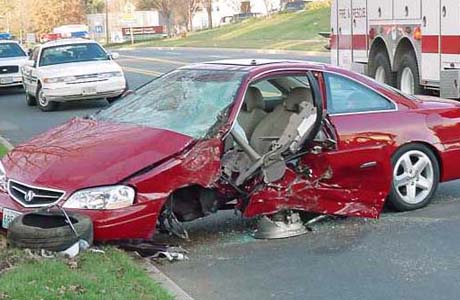
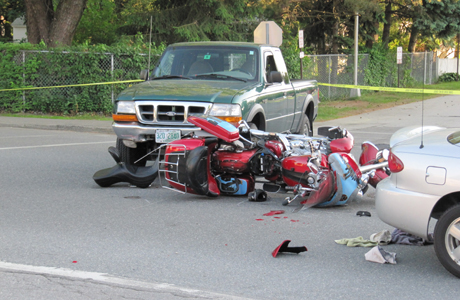
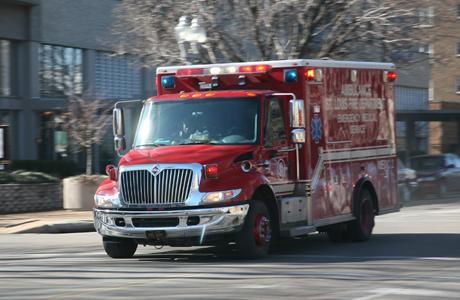
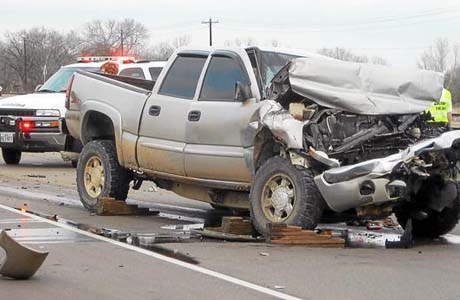
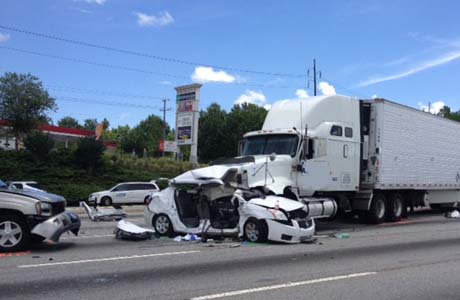

 IQ Technologies
IQ Technologies